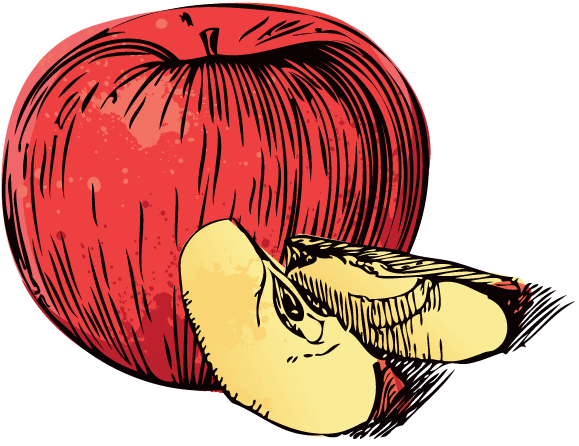What is the composition of Pantocid?
What is the composition of Pantocid?
Pantocid Antacid Tablet, 20mg/40mg
| Dose/Strength | 40mg, 20mg |
|---|---|
| Composition | Pantoprazole |
| Dosage Form | Tablet |
| Packaging Type | Strip |
| Packaging Size | 15 Tablets/Strip, 10 Tablets/Strip |
How do you use a Pantocid HP kit?
Pantocid HP Kit may be taken with or without food. Take the Tablets twice a day, first 3 tablets in the morning and next 3 tablets in the evening or follow the instructions given on the prescription.
Can I take Pantocid daily?
Usually, Pantocid Tablet is taken once a day, first thing in the morning. If you take Pantocid Tablet twice a day, take 1 dose in the morning and 1 dose in the evening. The tablets should be swallowed whole (remember not to be chewed or crushed) and taken at least 1 hour before a meal with some water.
Can we eat Pantocid?
Swallow the tablets with a drink of water. Do not chew, crush or break the tablet before you swallow. Pantoprazole can be taken before or after food, although taking it before food is preferable.
Is Pantocid an antibiotic?
Pantocid HP Combipack is a combination of two antibiotics and an antacid that effectively treats peptic ulcer disease caused due to H. pylori bacterial infection. It fights against the bacteria to treat the infection. It also relieves acidity and discomfort related to the infection.
For what Pantocid is used?
Pantocid 40 Mg Tablet is a Tablet manufactured by Sun Pharma Laboratories Ltd. It is commonly used for the diagnosis or treatment of Heartburn, Irritable bowel syndrome, Indigestion. It has some side effects such as Liver transaminases increased, Breast enlargement, Increase in body weight, Irregular menstrual cycle.
Is Pantocid HP safe?
The use of Pantocid HP Combipack is considered to harmful for patients with a known hypersensitivity to any active or inactive ingredients of the medicine. Caution is advised in patients with underlying kidney or liver disease.
What are the side effects of Pantocid?
Side Effects of Pantocid Tablet 15’s
- Headache.
- Diarrhoea, nausea, abdominal pain, vomiting.
- Flatulence.
- Dizziness.
- Arthralgia (joint pain).
What is the action of Pantocid?
Pantocid IV Injection is a proton pump inhibitor (PPI). It works by reducing the amount of acid in the stomach which in turn relieves acid-related indigestion and heartburn.
Can I take Pantocid at night?
It’s usual to take pantoprazole once a day, first thing in the morning. If you take pantoprazole twice a day, take 1 dose in the morning and 1 dose in the evening. It’s best to take pantoprazole an hour before a meal. Swallow tablets whole with a drink of water.
What are the side effects of Pantocid HP?
Side effects of Pantocid HP Tablet
- Nausea.
- Diarrhea.
- Vomiting.
- Stomach pain.
- Taste change.
- Rash.
What are the side effects of pantocid hp tablets?
Pantocid Hp Tablet is a combination that contains 3 medicines namely Clarithromycin, Esomeprazole and Amoxicillin. It is used to relieve stomach ulcers caused by the bacteria Helicobacter pylori. Comm on side-effects observed are nausea, vomiting, diarrhoea and a headache.
What kind of tablet is pantocid used for?
Pantocid Hp Tablet is used in the treatment of typhoid and paratyphoid fever. Pantocid Hp Tablet is used in the treatment of stomach ulcers caused by Helicobactor pylori. It is normally used in combination with other medicines.
What kind of Medicine is in pantocid hp combipack?
Pantocid HP Combipack is a combination of three medicines: Amoxicillin, Pantoprazole and Clarithromycin, which treats stomach/intestinal ulcers caused by the bacteria. Amoxicillin is an antibiotic which kills bacteria by preventing the formation of the bacterial protective covering (cell wall).
When to use pantocid hp for stomach ulcers?
Pantocid Hp Tablet is used to cure stomach and intestinal ulcers caused by bacterial infection (H.pylori). If you are allergic to clarithromycin, esomeprazole, and/or amoxicillin. If you are allergic to antibiotics that belong to the class known as macrolide antibiotics or beta-lactam antibiotics (cephalosporin, carbapenem or monobactam).
